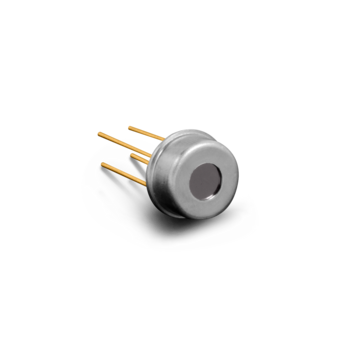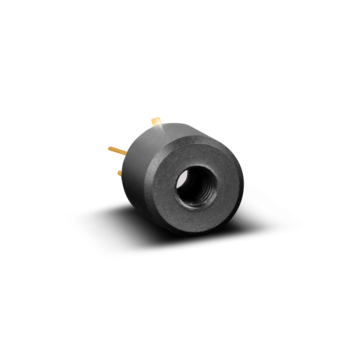As a thermal detector, the thermopile is sensitive across the entire wavelength range (i.e. from X-ray to far infrared radiation). The only requirement is that the radiation be absorbed in order to heat the detector. This effect is improved by the application of a black layer, and the spectral sensitivity is flat from the UV to the far IR range (exception: ST series). However, application is most widespread in the infrared spectral range.
The thermopile is a DC detector. That is to say, it reacts to DC light and is immune to microphony. The noise is frequency independent; it is determined by the thermal noise of the detector resistance (Johnson noise). Typical applications include non-contact temperature measurement, gas measurement, and power measurement (at low power levels).
The Working Principle
The thermopile is a thermal detector that is based on the Seebeck effect. Its predecessor was the thermocouple, which consisted of a junction between two metal wires with different thermoelectric voltage values. This effect was discovered in 1821. Both metal wires produce a voltage proportional to their temperature difference (i.e. it is always measured relatively). Through a series connection of several pairs, the sensitivity can be increased. The production of thin film thermopiles using overlapping antimony and bismuth films has been around since 1934.
Setup
The traditional Dexter thermopiles (1M, 2M, and the like) consist of antimony and bismuth contact pairs in which the radiation-sensitive "hot" contacts are applied to a blackened film. The "cold" reference contacts are located on a massive ceramic substrate, which acts as a heat sink. With this arrangement the best D* is achieved in thermopiles. Limited by manufacturing technology, one has to accept parameter variations of approx. 30% in series production.
S-line detectors are based on phosphorous-doped polysilicon and gold contacts that have a significantly higher thermal power than antimony and bismuth contacts. That is to say, they are more sensitive (by an approximate factor of 5). However, this comes at the expense of greater resistance and, therefore, also more noise. On the one hand, it makes sense to use only small detectors; in fact, the largest Si detector is currently 1.5 mm x 1.5 mm.
On the other hand, these thermopiles have the following advantages:
- They are faster, by an approximate factor of 3.
- They are less sensitive, by a factor of 3, when it comes to changes in environmental temperature.
The choice of traditional or S and ST detectors, therefore, depends on the application.
Contact
Downloads
- Temparature Sensor Module (TSM) Evaluation Board User Manual
- Temperature Sensor Module (TSM)
- High Temperature Thermopile Detector
- Temperature Sensor Module (TSM)
- Application Notes
- Amplifiers and Device Options
- Multi-Channel Thermopile Detectors
- Single-Channel Thermopile Detectors
- Digital Dual Thermopile ST60
- Digital Dual Thermopile ST120
Our IR Detectors
Panchromatic, photoconductive and thermal detectors
InGaAs PIN Photodiodes
Modern InGaAs PIN photodiodes are panchromatic and convert broadband light to photocurrents in the Visible-NIR range. Concretely speaking, this means a sensitivity range from 500 nm to 1700 nm for regular InGaAs and – in increments – up to 2600 nm for extended InGaAs.
PbS and PbSe Detectors
PbS is a standard Short-Wave Infrared (SWIR) semiconductor detector (1 - 3.3 µm) whereas PbSe is used in the Mid-Wave Infrared (MWIR) range (1 - 4.7 µm when uncooled; up to 5.2 µm when cooled). Our PbS and PbSe detectors are photoconductive; the detector resistance is reduced during illumination. The crystal structure is polycrystalline and is produced via chemical deposition.
Pyroelectric IR Detectors
A pyroelectric IR detector is a thermal detector in that it responds to the change in heat (IR) absorbed on its surface. Thermal detectors are polychromatic with a very wide spectral bandwidth.
The nature of the pyroelectric effect is that in a highly-ordered crystal (or ceramic), a temperature change in the element causes its atoms to move slightly out of position. This rearranges its electrical charge, which is measured in the electrodes on its surface.
The pyroelectric effect is found in many materials. The most commonly-used materials are deuterated lanthanum α alanine-doped triglycine sulfate (DLaTGS) and lithium tantalate (LTO).

What is Your Challenge?
Beyond Borders


LASER COMPONENTS S.A.S.
News & Events
from the infrared world

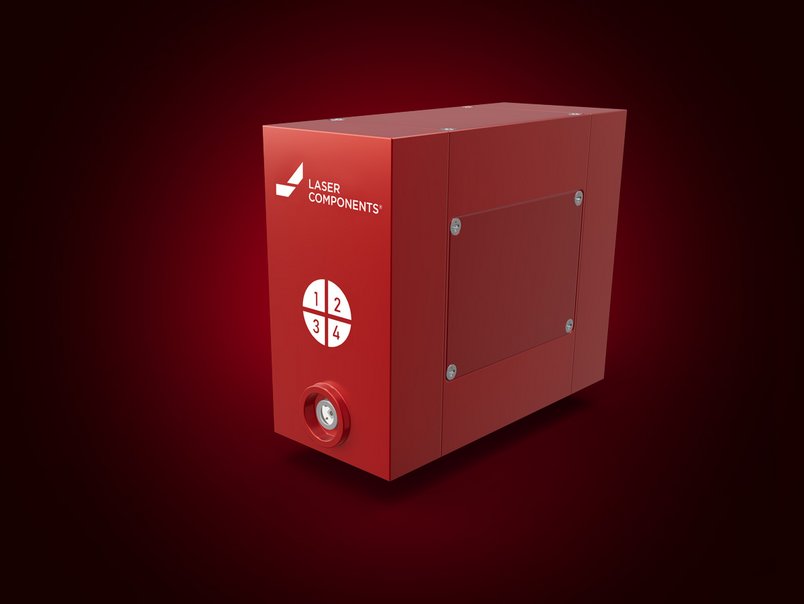

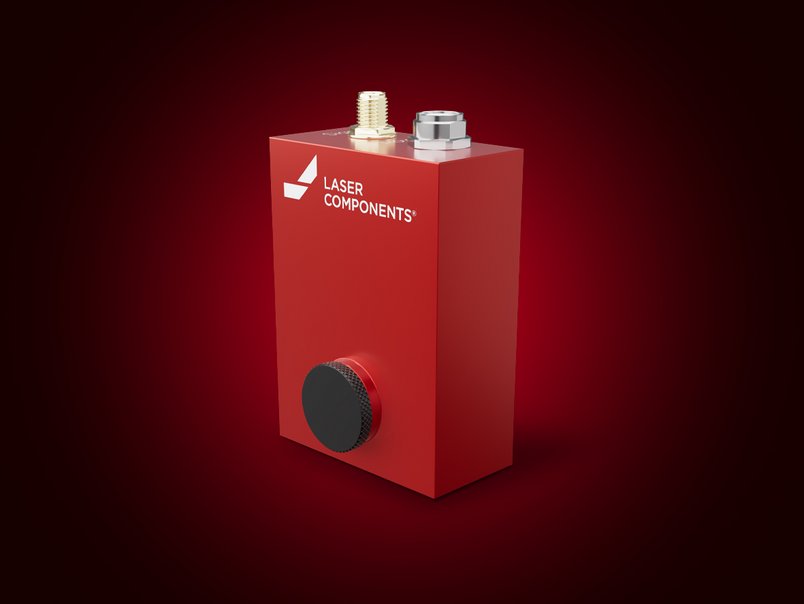

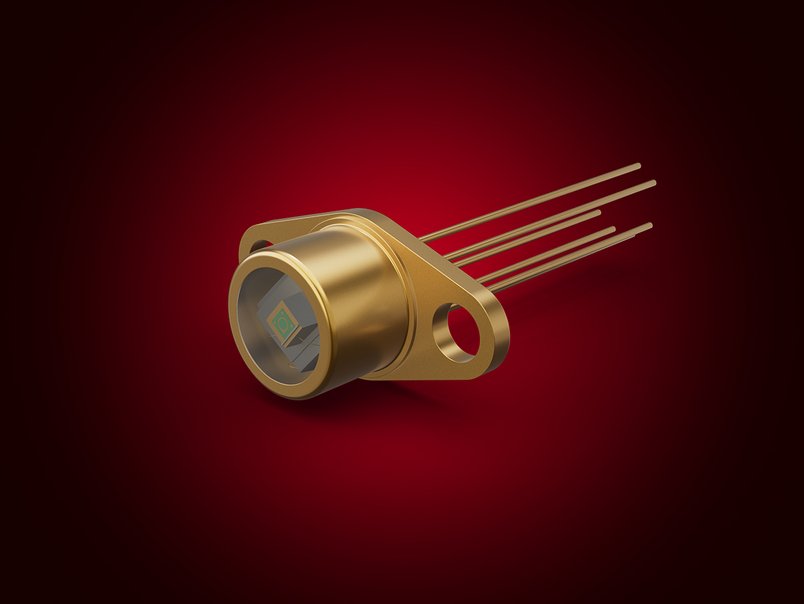

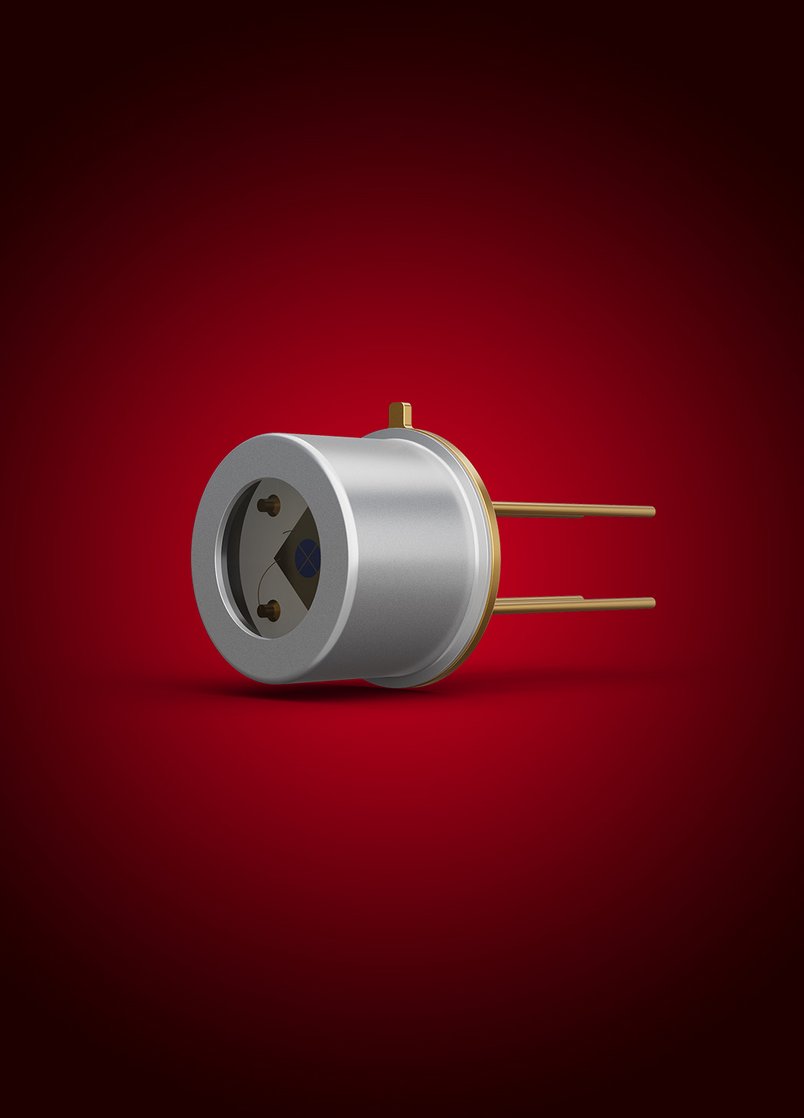

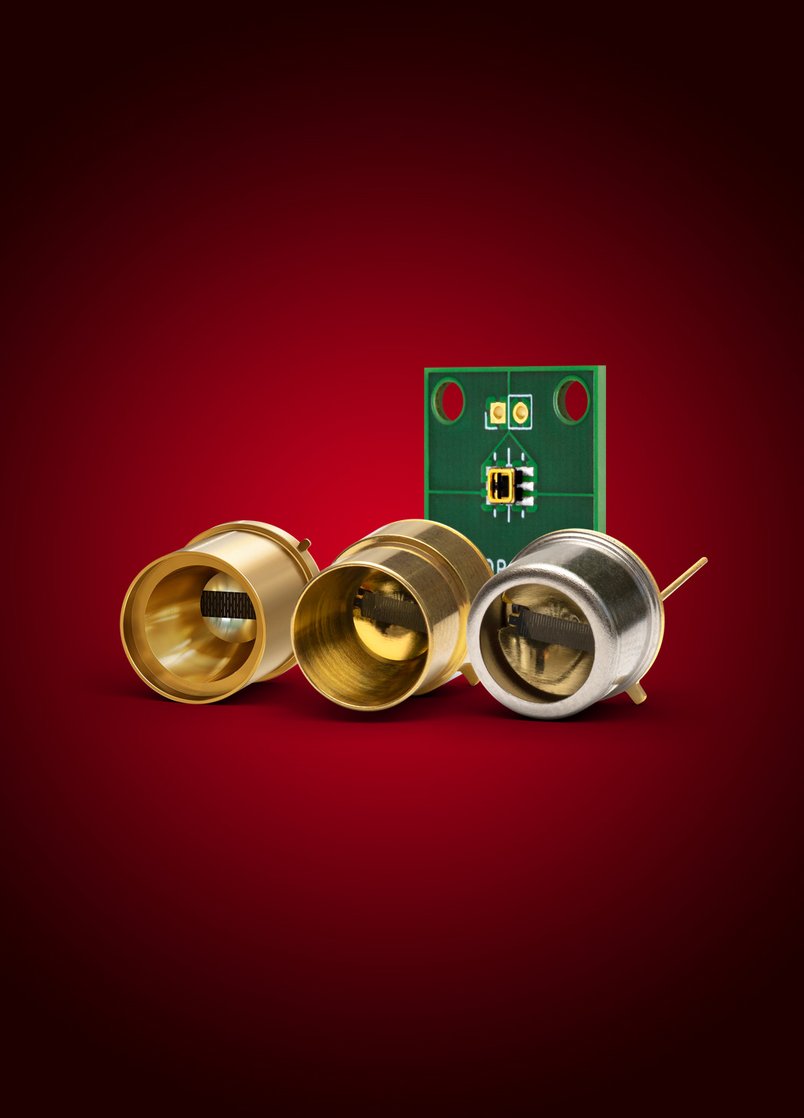

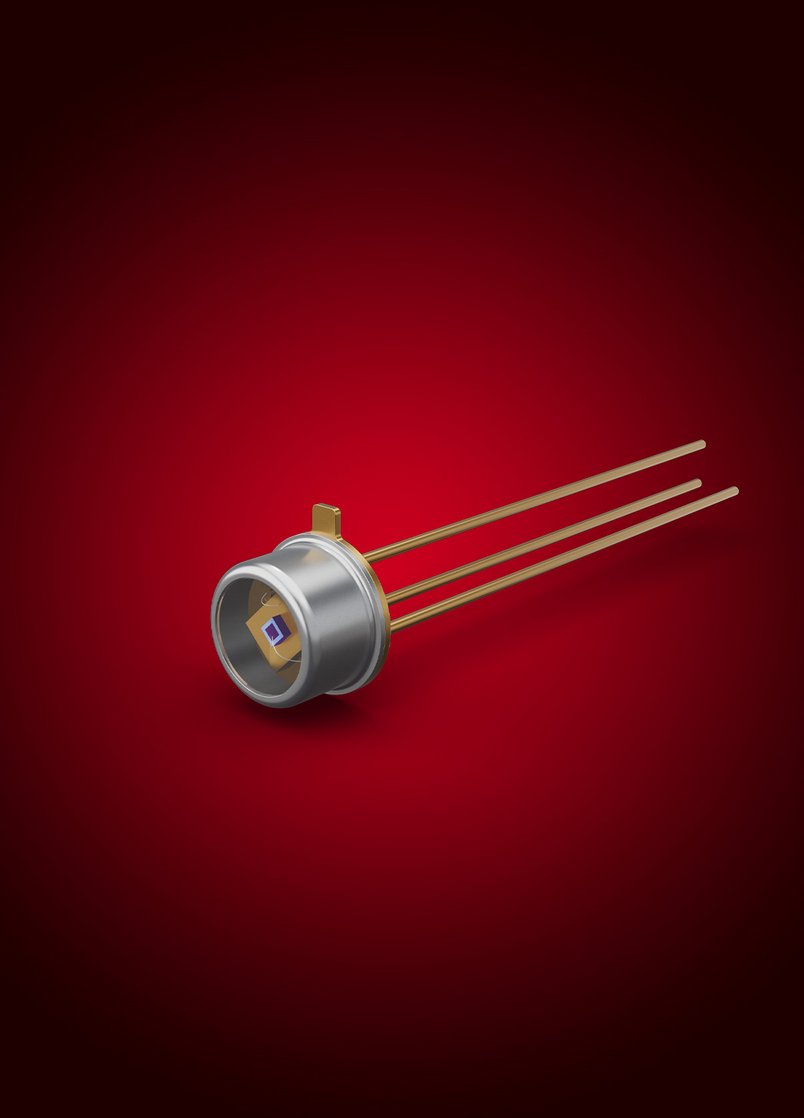

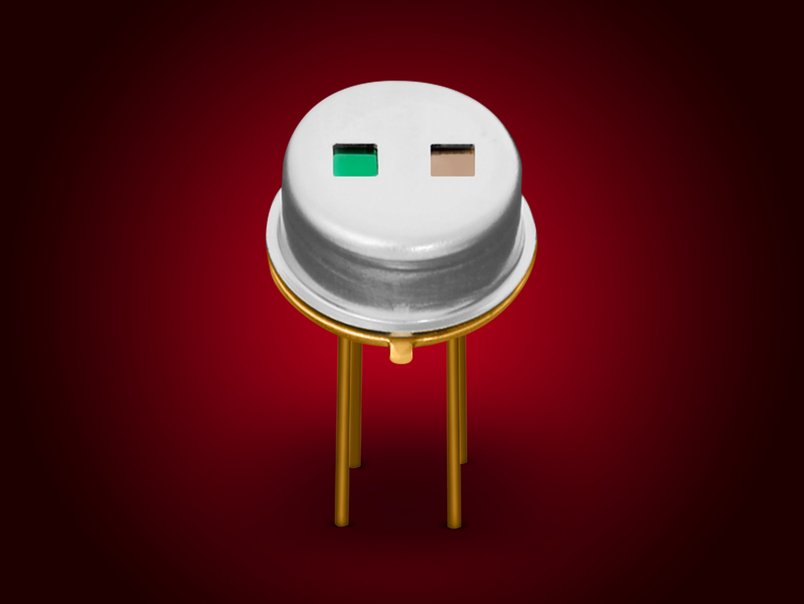


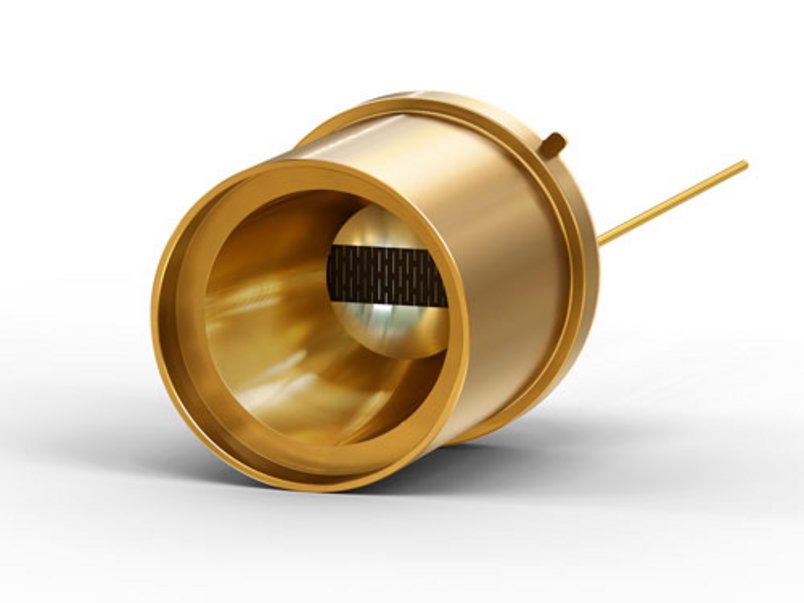







LASER COMPONENTS France - Your competent partner for optical and optoelectronic components in France.
Welcome to LASER COMPONENTS S.A.S., your expert for photonics components. Each product in our wide range of detectors, laser diodes, laser modules, optics, fiber optics, and more is worth every Euro (€/EUR). Our customized solutions cover all conceivable areas of application: from sensor technology to medical technology. You can reach us here:
45 Bis Route des Gardes
92190 Meudon
France
Phone: +33 (0) 139 595 225
Email: serviceclient(at)

